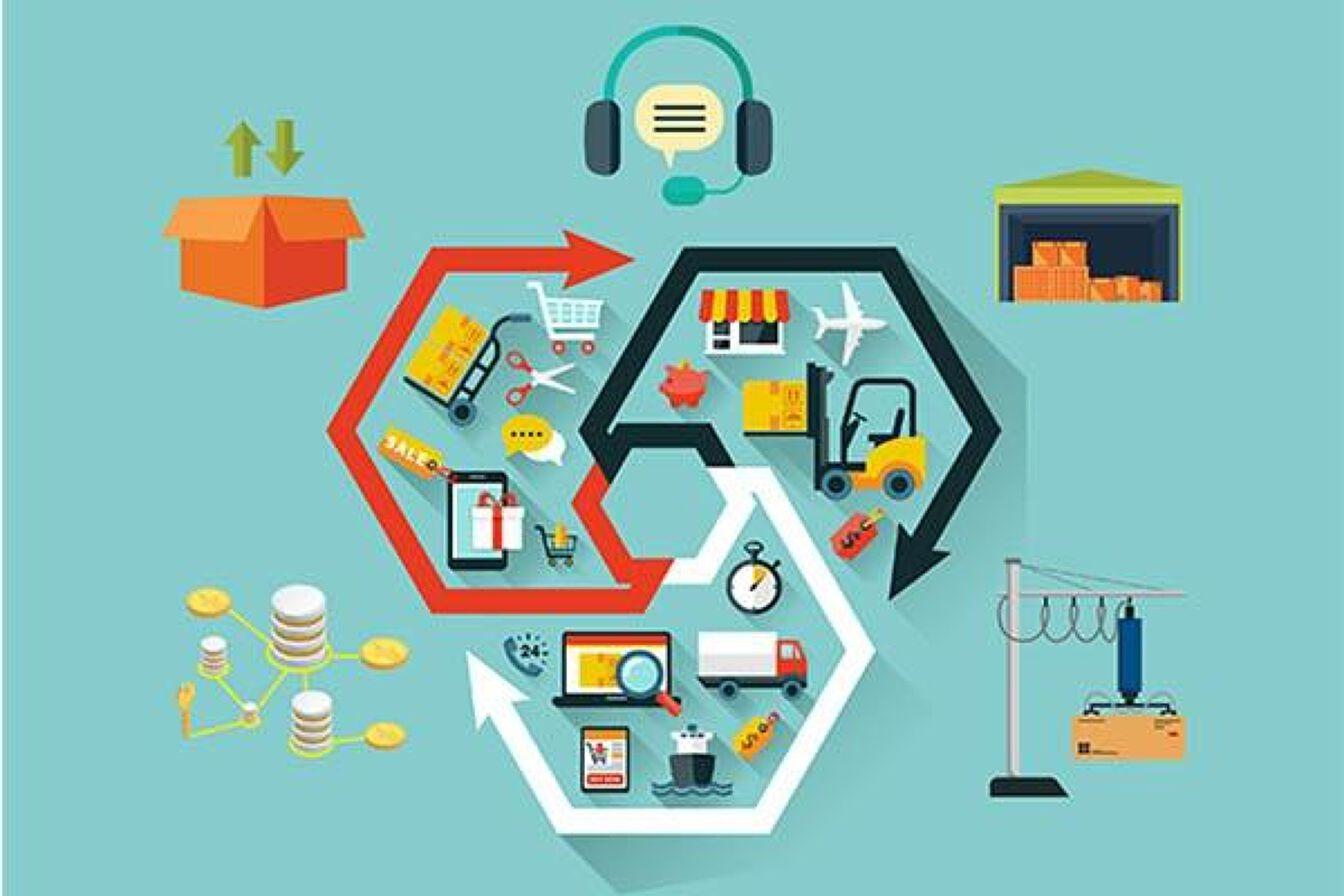How Marine Tracking Enhances Maritime Safety

Maritime safety has undergone a quiet revolution. Once reliant on paper charts, lighthouses, and radio calls, the industry now benefits from sophisticated marine tracking systems that offer real-time, data-rich oversight of vessels across the globe. These technologies are not just improving tracking logistics. They are safeguarding lives, assets, and ecosystems. In an increasingly congested ocean, visibility means security.
Understanding Marine Tracking Systems
Marine tracking refers to the integrated systems that allow continuous monitoring of vessels in motion. It’s a digital network that spans oceans and ports, leveraging satellites, onboard transponders, and data analytics to follow every movement. These systems are no longer optional for modern maritime operations; they are essential for maintaining order in the dynamic theatre of the sea.
The Backbone Technologies: AIS, GPS, and Radar
At the core of marine tracking are three primary technologies: AIS (Automatic Identification System), GPS (Global Positioning System), and marine radar. AIS transmits a ship’s identity, position, and course, while GPS provides precise geolocation using satellites. Radar detects nearby vessels and obstacles, even in poor visibility. Together, they create a cohesive safety net that watches over every voyage.
Real-Time Visibility Reduces Navigational Risks
Visibility is more than just a view through the bridge window. It’s a 360-degree digital awareness. Real-time tracking allows ships to avoid crowded lanes, reroute around congestion, and communicate instantly with other vessels. This continuous stream of positional data prevents navigational surprises, minimizing human error, which remains a top cause of maritime accidents.
Collision Avoidance and Route Optimization
Marine tracking systems help vessels anticipate and avoid potential collisions by projecting the trajectory of surrounding ships. Intelligent algorithms suggest safer, more efficient routes based on vessel type, speed, and marine traffic density. These tools preserve safety, improve fuel efficiency, and reduce travel time, which is a win for both safety and sustainability.
Monitoring Weather and Environmental Hazards
Modern tracking integrates meteorological data to guide ships around storms, high waves, or icebergs. Captains can proactively adjust routes and reduce the risk of weather-related damage by overlaying weather intelligence onto marine maps. This foresight transforms reactive navigation into strategic foresight, especially critical in volatile regions like the North Atlantic or South China Sea.
Search and Rescue Operations Made Faster
When emergencies strike, time is everything. Marine tracking systems provide rescuers precise last-known positions, course history, and real-time updates that significantly speed up response efforts. Whether it’s a man overboard or a sinking vessel, tracking data can guide helicopters, patrol boats, or nearby ships directly to the scene, saving lives with every second.
Port Coordination and Traffic Management
Chaos at sea often spills into ports without coordination. Marine tracking systems streamline port entries, schedule dock times, and avoid traffic bottlenecks at busy harbors. This reduces the risk of collisions in narrow channels and allows for more efficient cargo handling. Smart ports rely heavily on this data to maintain flow and safety.
Combatting Illegal Activities at Sea
From unlicensed fishing to smuggling and piracy, unlawful activity thrives in the shadows of the ocean. Marine tracking systems help authorities identify suspicious behavior, such as ships switching off AIS to go “dark.” Surveillance satellites and geo-fencing technology alert coastal agencies in real-time, turning vast, unpoliced waters into more accountable zones.
Improving Compliance with International Maritime Laws
Maritime regulations like IMO emission standards or traffic separation schemes rely on data for enforcement. Marine tracking ensures that ships follow approved routes, adhere to speed limits in sensitive areas, and avoid marine protected zones. It enables automated reporting and flags violations instantly, increasing compliance through transparency.
Data-Driven Decision-Making for Fleet Management
For shipping companies, tracking is more than safety. It’s strategy. Real-time location and performance data enable fleet managers to optimize vessel deployment, reduce downtime, and manage risks proactively. If one vessel encounters delays, others can adjust. It’s maritime chess, played with foresight rather than guesswork.
Training and Simulation Benefits of Tracking Data
Training future mariners no longer depends on classroom scenarios alone. Real-world tracking data feeds into simulators, exposing cadets to authentic traffic patterns and emergency responses. This data-rich environment builds intuition and decision-making under pressure, preparing them for the unpredictable nature of the ocean.
Challenges and Limitations of Current Systems
Despite its promise, marine tracking isn’t infallible. Remote areas may suffer from delayed satellite signals. Vessels can tamper with AIS or report false coordinates. Data overload can obscure meaningful patterns. Not all countries share tracking data transparently, creating blind spots in international waters that still pose risks.
Future Innovations: AI and Predictive Tracking
The next frontier is predictive tracking, powered by artificial intelligence. Systems will forecast vessel behavior, preempt risks, and simulate outcomes in complex maritime environments. AI will process thousands of data points, traffic, tides, weather, and geopolitics to make intelligent recommendations. It’s not just about knowing where a ship is, but where it should be.
Navigating Tomorrow with Confidence
Marine tracking has become the lighthouse of the digital age, an omnipresent guide that ensures safety through visibility. It reduces uncertainty, prevents tragedy, and elevates maritime operations to a realm of precision once unimaginable. As oceans grow busier and stakes rise higher, tracking technology ensures that the path forward is not just navigable but safe.
FAQs
1. What is marine tracking?
Marine tracking refers to the real-time monitoring of vessels using technologies like AIS, GPS, and radar to improve safety and navigation.
2. How does marine tracking prevent collisions?
It provides accurate vessel positions and routes, helping ships avoid one another through timely course adjustments.
3. Can marine tracking help during emergencies?
Yes, rescue teams can quickly locate distressed vessels by sharing the last known positions and movement history.
4. Is marine tracking only for large ships?
No, many small commercial and fishing vessels also use tracking systems for safety and compliance.
5. Are there limitations to marine tracking systems?
Yes, coverage gaps, signal loss, and manual tampering can affect accuracy in certain regions.






